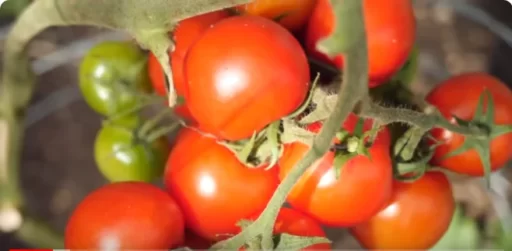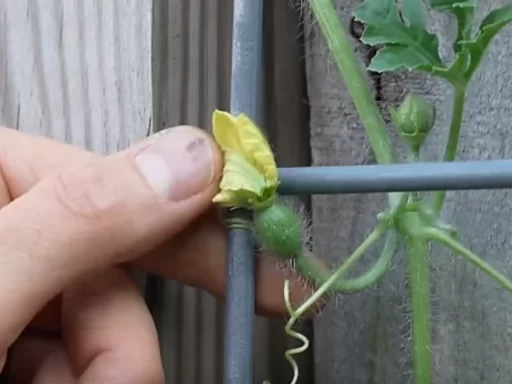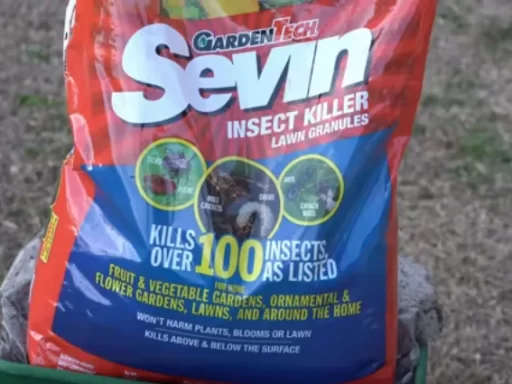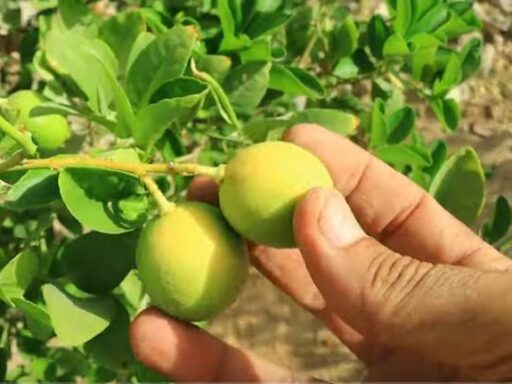Tomato season has arrived on the Southeastern coast of North Carolina, and growing strong, healthy tomato plants is a goal for many gardeners. This guide will walk you through four essential steps to ensure that your tomato plants thrive with the biggest, healthiest root systems possible. These steps focus on building a solid foundation for your plants, which will lead to better resistance against pests and diseases, and ultimately, higher yields.
Step 1: Plant Tomatoes Deeply
One of the most critical steps in growing strong tomato plants is to plant them deeply. Unlike many plants, tomatoes can develop roots along their stems. By burying as much of the stem as possible, you increase the plant’s root system, making it stronger and more resilient.
To do this, remove the lower leaves from the plant at least 24 hours before transplanting. This gives the wounds time to heal, reducing the risk of infections from bacteria and viruses in the soil. When you’re ready to plant, pre-dig the planting hole and place the transplant into the hole to ensure it is deep enough. If you can’t dig deep enough, consider planting the tomato in a shallow trench and burying the stem horizontally. The plant will naturally curve upward toward the sun, and the buried stem will produce additional roots.
Step 2: Proper Fertilization for Root Development
Fertilizing your tomato plants correctly is key to promoting healthy root growth. Start by using an organic all-purpose fertilizer, such as a 5-5-5 blend. This ensures that your plants receive a balanced supply of nitrogen, phosphorus, and potassium, which are essential for overall plant health.
Next, incorporate bone meal into the soil. Bone meal is rich in phosphorus and calcium, both of which promote root growth and improve the development of blooms later in the season. Bone meal releases nutrients slowly, providing a steady supply to the plant over several weeks. Additionally, if you live in an area prone to root-knot nematodes, you may want to add crab shell meal to the soil. This provides a nutrient called chitin, which helps protect the roots from nematode damage.
To fertilize, mix one tablespoon of all-purpose fertilizer, half a tablespoon of bone meal, and one tablespoon of crab shell meal into the planting hole. Dust the roots with an additional half tablespoon of bone meal before planting. This organic approach ensures that the nutrients are slowly released into the soil without burning the roots.
Step 3: Apply Compost and Mulch
While fertilizer provides nutrients, compost is crucial for maintaining soil health. Compost introduces beneficial bacteria and fungi that help break down the fertilizers in the soil, making them more available to the plants. It also improves soil structure and water retention.
After planting your tomatoes, apply a one to two-inch layer of compost around each plant. You can use organic mushroom compost, cow manure compost, or homemade compost. Just make sure it’s free of herbicides and other contaminants.
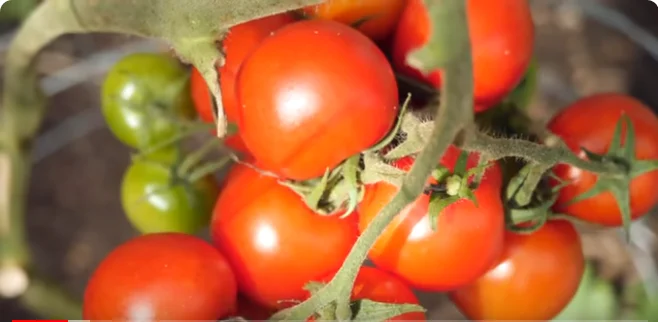
Next, add a two to three-inch layer of natural mulch, such as shredded hardwood bark, pine needles, wheat straw, or grass clippings. Mulch helps retain moisture, suppress weeds, and protect the roots from sun damage. Avoid synthetic mulches like rubber or dyed wood, as they may contain harmful chemicals. By maintaining a healthy layer of mulch, you ensure that your plants remain moist and protected from temperature fluctuations.
Step 4: Watering with Water-Soluble Fertilizers
Watering your tomato plants with water-soluble fertilizers is essential for rapid growth and reducing transplant shock. A great option for this is fish fertilizer, which is rich in micronutrients and prevents transplant shock. Since fish fertilizer is made from whole fermented fish, it contains many essential compounds for plant growth.
For an extra boost, you can also add a high-quality water-soluble fertilizer, such as a 20-20-20 blend. This balanced fertilizer ensures that your plants receive an immediate supply of nutrients, which is especially helpful if you’re planting late in the season and need to catch up on growth.
When watering young tomato plants, use a diluted concentration of the fertilizer—about one tablespoon per gallon of water. Water each plant thoroughly, ensuring that the soil around the roots is fully saturated. This will give the plants a significant growth boost and help them establish themselves in their new environment.
Bonus Tip: Protecting Plants from Cold Weather
Cold weather can be detrimental to young tomato plants, especially if there’s a late frost. Even if the temperature doesn’t drop below freezing, prolonged cool temperatures can inhibit nutrient uptake, causing yellowing or purpling of the leaves due to nutrient deficiencies.
One effective way to protect your tomato plants is to create simple milk jug greenhouses. Cut the bottoms off of plastic milk jugs and place them over the plants. This will keep the plants warm during chilly nights while allowing excess heat to escape through the open tops during the day. Additionally, the milk jugs will protect the plants from pests like birds and cutworms. Secure the jugs by placing mulch around the base to keep them from blowing away in the wind.
By following these four essential steps (plus the bonus tip), you can grow the biggest, strongest tomato plants in your garden. Healthy root systems lead to more vigorous plants, better resistance to pests and diseases, and ultimately, a more bountiful harvest.
Frequently Asked Questions:
- How deep should I plant my tomato seedlings?
Plant tomato seedlings deep enough to cover a significant portion of the stem. The more of the stem you bury, the stronger the root system will become. - Why should I remove the lower leaves before planting?
Removing lower leaves reduces the risk of soil-borne diseases and allows more of the stem to be buried, leading to better root development. - What fertilizers are best for tomatoes?
An organic all-purpose fertilizer (5-5-5), bone meal for phosphorus, and crab shell meal for protection against nematodes are recommended for healthy tomato plants. - Why do I need to add compost if I’ve already fertilized the soil?
Compost helps improve soil health by adding beneficial bacteria and fungi that assist in breaking down fertilizers and making nutrients more accessible to plants. - What type of mulch should I use around my tomato plants?
Use natural mulch such as shredded hardwood bark, pine needles, or straw. Avoid synthetic or dyed mulches that may contain harmful chemicals. - How can I prevent transplant shock in tomato plants?
Watering plants with fish fertilizer, which contains micronutrients, is an excellent way to prevent transplant shock and promote healthy growth. - What should I do if cold weather is forecasted after planting?
Use plastic milk jug greenhouses to cover your plants and protect them from frost and cold temperatures, allowing them to continue growing even in cooler weather.

